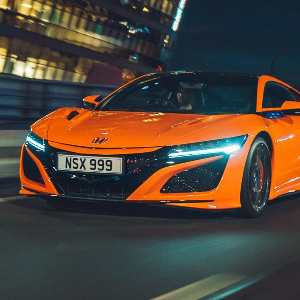
The Audi A3 is a classy act with no shortage of versions available, from a four-door saloon to a sleek two-door cabriolet. But it’s the three- and five-door hatchbacks that rival the BMW 1 Series and Mercedes-Benz A-Class the most.
PROS:
+ Top-notch interior
+ Refined drive
+ Available with all-wheel drive
CONS:
- Quattro models lose boot space
- Plug-in hybrid not very good
- S line models have a firmer ride
Verdict: Settling on the specification that best suits your needs is key to finding the right Audi A3 for you, as there are lots of choice. Its best attributes are a quality interior and a refined driving experience.
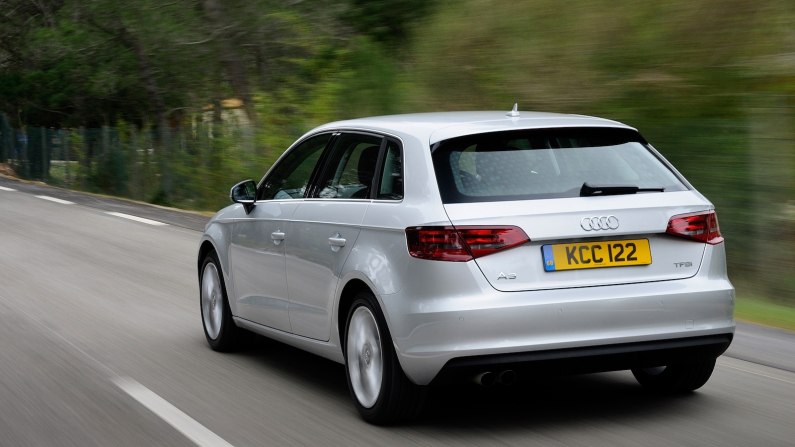
Used Audi A3 (2012-2020) review: the five-minute read
The Audi A3 has always been a popular car in the UK and this third-generation proved to be one of the most successful. In 2015 alone, more than 42,000 examples were sold. This model was the first A3 that Audi built on the Volkswagen Group’s modular MQB platform, which also underpins the Seat Leon, Skoda Octavia and Volkswagen Golf.
But this is little more than a Golf in a snazzy suit. Audi has a solid reputation for producing quality interiors, and the A3 is no different — easily matching larger models like the A5 and A6 for fit and finish. It needed to be good as its direct rivals are the BMW 1 Series and Mercedes-Benz A-Class.
Buyers get plenty of choice when it comes to engines, with the range spanning from 1.0-litre right up to a 394bhp 2.5-litre five-cylinder in the case of the RS 3. But it’s the frugal 1.6-litre TDI and nifty 1.4-litre petrol that could switch over to run on only two cylinders when cruising that have helped make the A3 so popular.
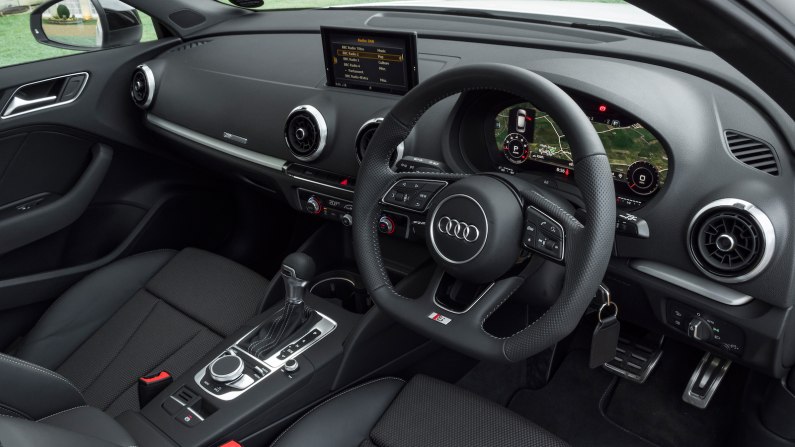
A mix of manual and automatic gearboxes plus Audi’s famed quattro all-wheel-drive transmissions mean that there’s almost something for everybody in the A3 lineup. One of the most popular body styles is the five-door Sportback, while the A3 Saloon proved popular with company car drivers. In 2017, Audi phased out the three-door A3 following a mid-cycle facelift of the A3 and, due to it selling in much lower numbers than the A3 Sportback. You could also get a stylish A3 Cabriolet though its looks were more of a priority over its handling as it weighed more due to the roof and additional supports.
Audi did offer the sportier S3 across the range, including the S3 Saloon and S3 Cabriolet. Powered by a turbocharged 2.0-litre four-cylinder petrol engine, it has plenty of poke, and with that quattro all-wheel-drive, it can show many others a clean pair of heels in trickier conditions. Horsepower hedonists will want the Audi RS 3. This five-door hatch is phenomenally quick thanks to that legendary five-cylinder engine that remains one of the best that Audi has ever produced. With all-wheel drive and a slick-shifting automatic transmission it can crack 62mph in a supercar-baiting 4.3 seconds.
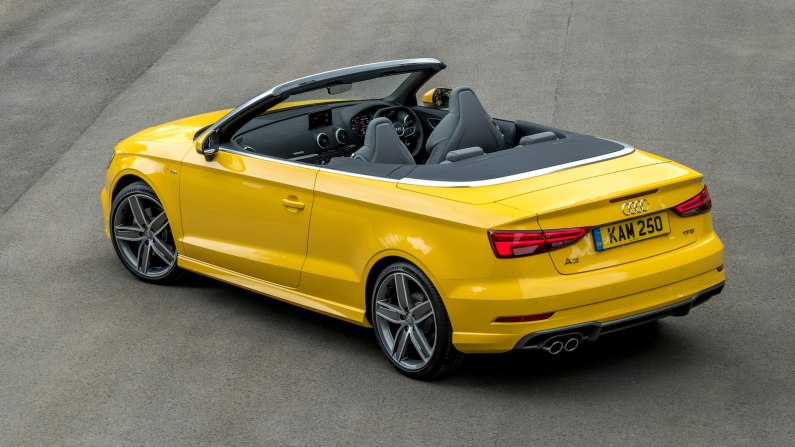
Whichever Audi A3 you want to drive, you’ll mostly get a refined experience with light steering and mostly decent performance across its engine range. The plug-in hybrid doesn’t deliver a huge electric driving range due to its small battery and mostly suits urban driving.
One thing to watch out for is that the higher-spec S line models do get a suspension setup that is generally firmer and sits 15mm lower on larger wheels, so these won’t be quite as comfortable and smooth and other models with smaller wheels.
For great Audi A3 deals click here
Extended read…
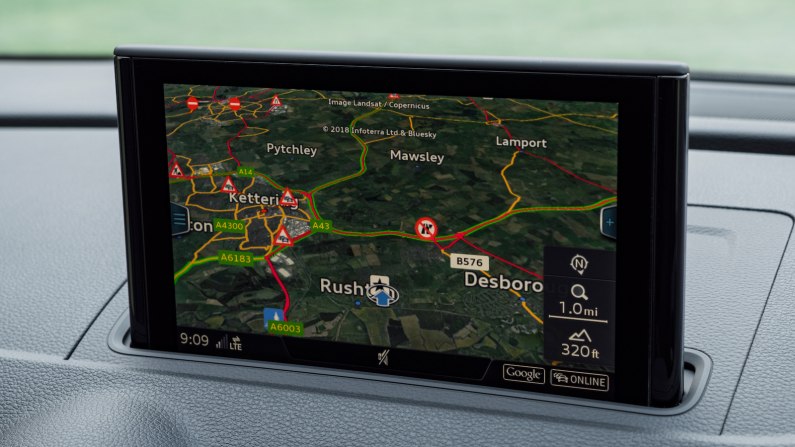
Used Audi A3 (2012-2020) Interior and infotainment
Audi is well ahead of its rivals when it comes to producing great car interiors, and the A3 is no different. The look and quality of the materials used throughout are among the best in the segment. All of the switches and buttons have a reassuringly solid feel.
The A3 comes equipped with a DAB radio, Bluetooth and USB connectivity as standard. A rotary controller is used to navigate the 7.0-inch infotainment screen. Audi’s MMI system is one of the best systems from this era, making it easy to navigate the system while driving. Later on in the model’s life, a 12.3-inch digital instrument cluster was available as an option and is a nice feature to have.
Mid-level A3 Sport specification benefitted from nicer materials inside with flashes of aluminium and sports seats in the front. This detail was true of the S line versions, which also received part-leather upholstery. However, the range-topping RS 3 featured wingbacked sports seats with quilted leather and embossed RS 3 logos.
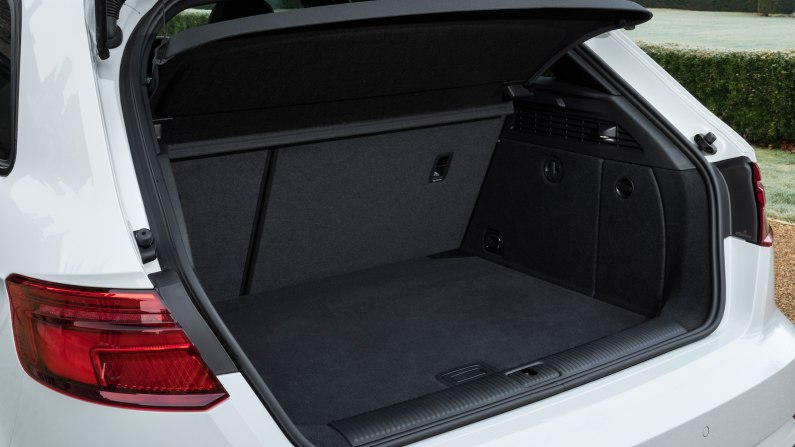
Used Audi A3 (2012-2020) Practicality and boot space
The Audi A3 initially came as a three- and then a five-door hatchback. Subsequently, Audi expanded the range with a three-door cabriolet and four-door saloon. With the move to the MQB platform, the A3 benefitted from a stretch in wheelbase that resulted in better passenger space and a 15-litre increase in boot capacity with the three-door, leaving it with 365 litres. Three-door models do look good, but it’s not as easy for passengers to get in and out of the rear seats, and it’s less practical again if you’ve got little ones. Both outer seats are fitted with ISOFIX points, but it’s better to seek out the five-door if you’re more likely to have passengers in the back.
The five-door, referred to as the Sportback, is more practical again by having those rear doors and slightly more boot space at 380 litres, matching the Volkswagen Golf. The saloon provides the most boot space at 425 litres, but all A3 quattro (all-wheel drive) models have a slight reduction in boot capacity due to the transmission.
One point to remember is that the A3 e-tron plug-in hybrid has a 100-litre reduction in boot capacity due to the battery, leaving it with only 280 litres. The A3 Cabriolet has a boot capacity of 275 litres when the roof is down. This volume increases to 320 litres when the fabric roof is up.
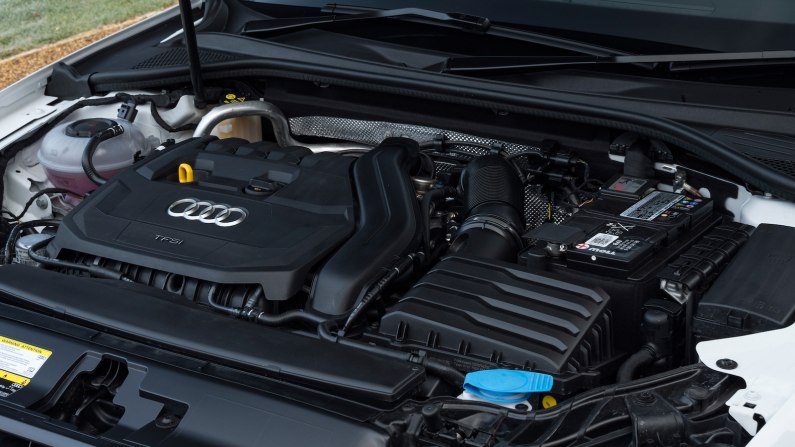
Used Audi A3 (2012-2020) engines
Like how you get a good choice of body styles, the Audi A3 engine range is a broad one in terms of performance and variety. When the A3 launched, it was available with a 103bhp 1.2-litre petrol, a 123bhp 1.4-litre petrol and a 148bhp version that could run on two of its four cylinders when cruising to reduce fuel consumption. A 178bhp 1.8-litre petrol rounded of the standard A3 petrol models.
Powering the higher performance Audi S3 was a 296bhp turbocharged four-cylinder engine, similar to that in the Volkswagen Golf R. Topping the range is the ballistically quick Audi RS 3 with a 2.5-litre five-cylinder engine producing a whopping 394bhp. It sent that power to all wheels via a seven-speed automatic gearbox.
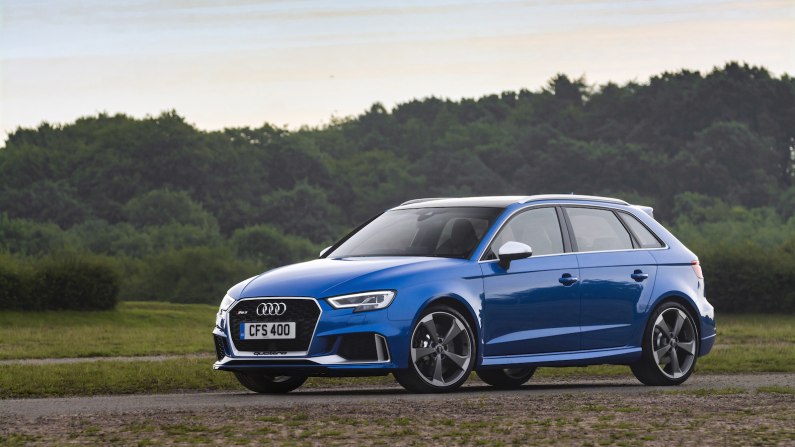
Audi also used a 1.4-litre petrol engine for the A3 e-tron plug-in hybrid that worked alongside a 75kW electric motor powered by an 8.8kWh lithium-ion battery. It could cover up to 31 miles using only the battery according to Audi.
The A3 was also a popular model with company car drivers as there is a decent offering of diesel engines. These start with a frugal 103bhp 1.6-litre, while two versions of the 2.0-litre TDI offer 148bhp and 181bhp, respectively.
Following a model update in 2016, Audi improved the A3 engine range with a turbocharged 1.0-litre unit replacing the 1.2-litre petrol. An improved 1.5-litre also replaced the 1.4-litre petrol. During these updates, the Audi S3 also got a 10bhp power increase to 306bhp.
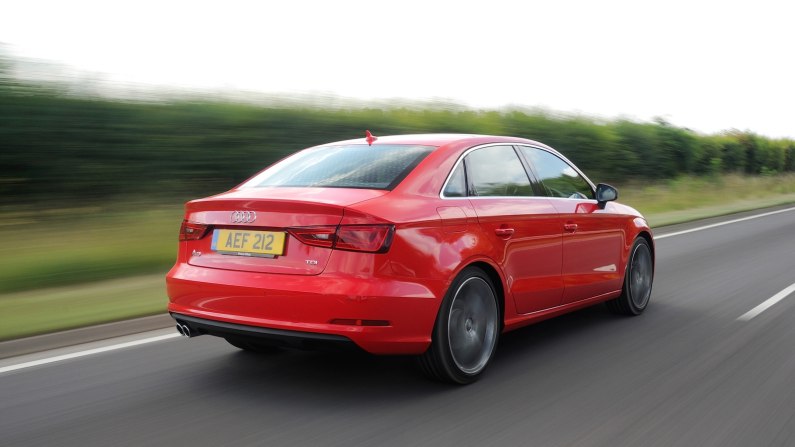
Used Audi A3 (2012-2020) Driving
If there’s one word to describe the Audi A3 best, it is refinement. Despite sharing its underpinnings with the Seat Leon and Volkswagen Golf, the A3 feels that bit better in the quality stakes. Choosing the right model to suit your desires and needs is essential as the driving experience across the A3 range does vary in line with the engine and specification grade.
If you do lots of mileage each year, then the 1.6-litre TDI diesel will likely see you get the best fuel economy, though the extra pep of the 2.0-litre TDI can be preferred. Equally, if you do very little driving across mostly urban routes, the 1.2-litre petrol may serve you well, as will the 1.0-litre that appeared in later models. The latter is a peppy engine that delivers more performance than you might expect, given its size. The A3 e-tron PHEV is suitable for short runs for those who can charge at home, but the battery is small compared to other plug-in hybrids and used electric cars on the market.
Cars equipped with S line specification tend to have a stiffer ride as they got larger wheels and firmer suspension that was also 15mm lower. This setup can detract from overall ride comfort and increase road noise. Some cars were also equipped with optional adaptive suspension, which gives drivers the best of both worlds.
